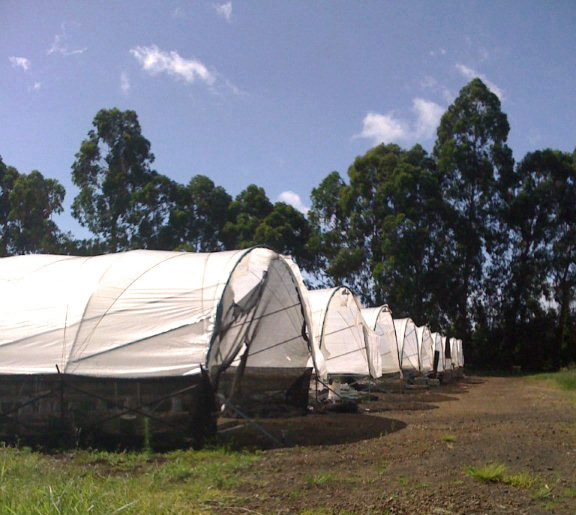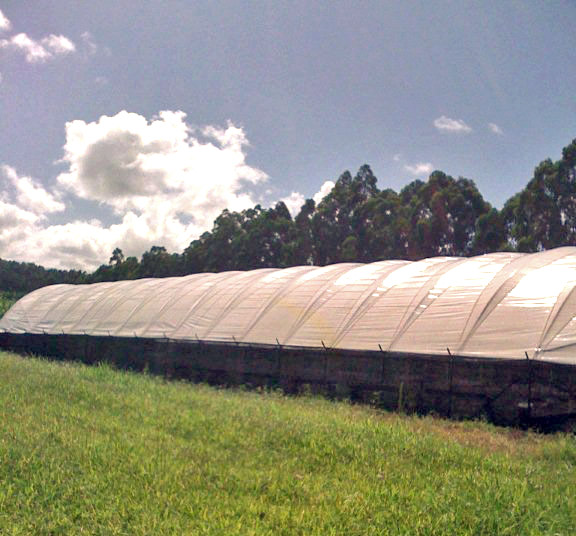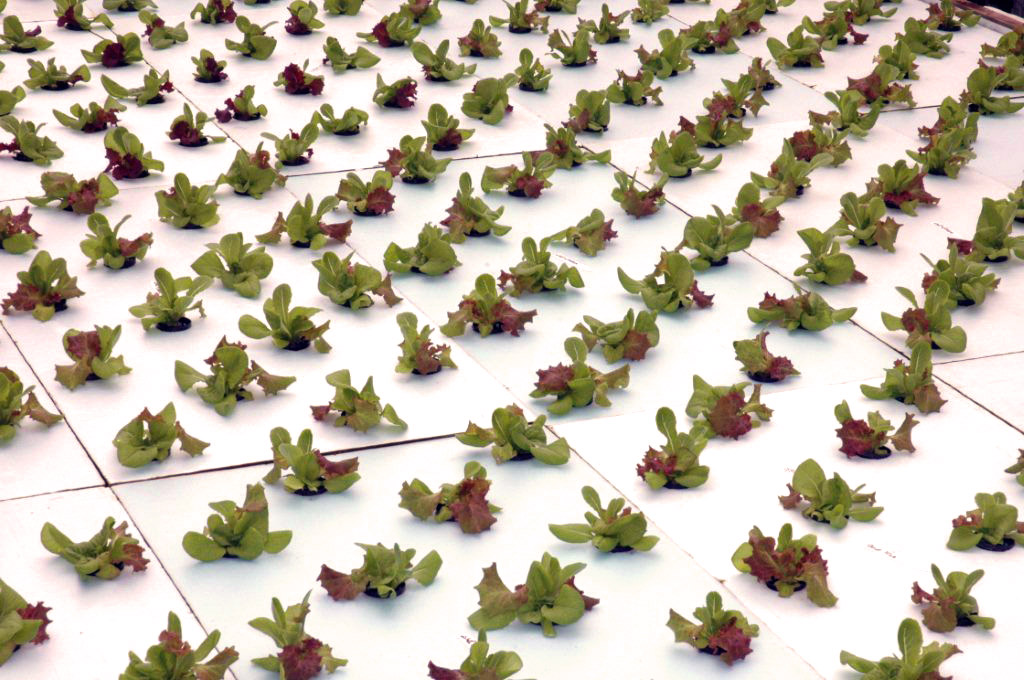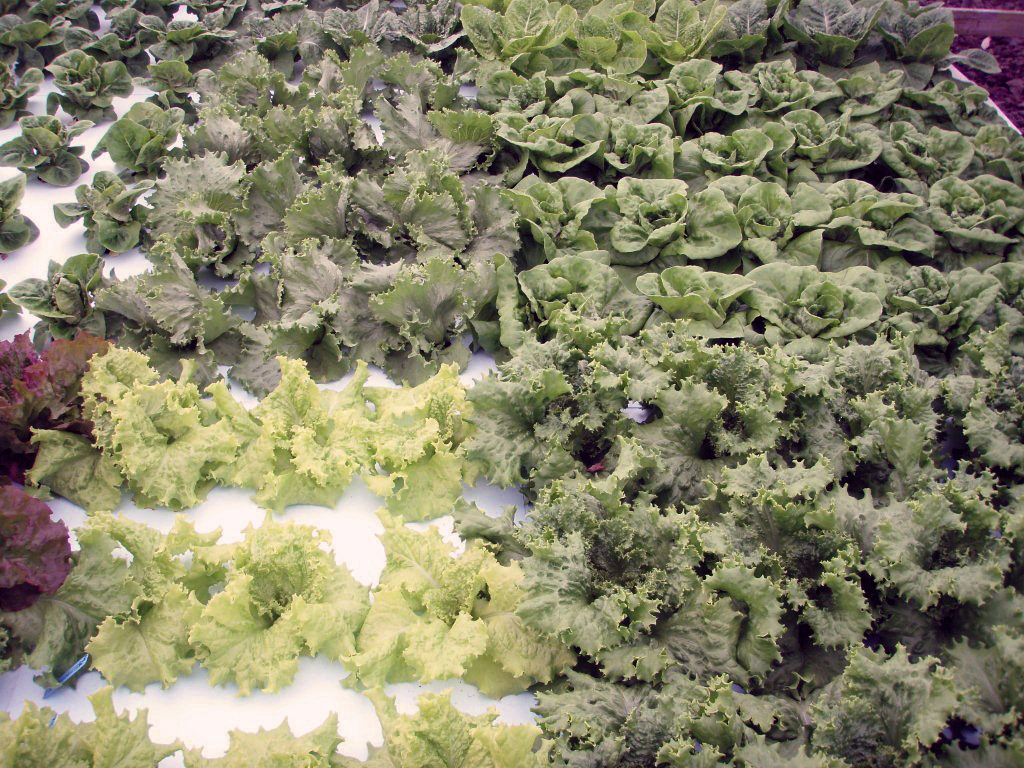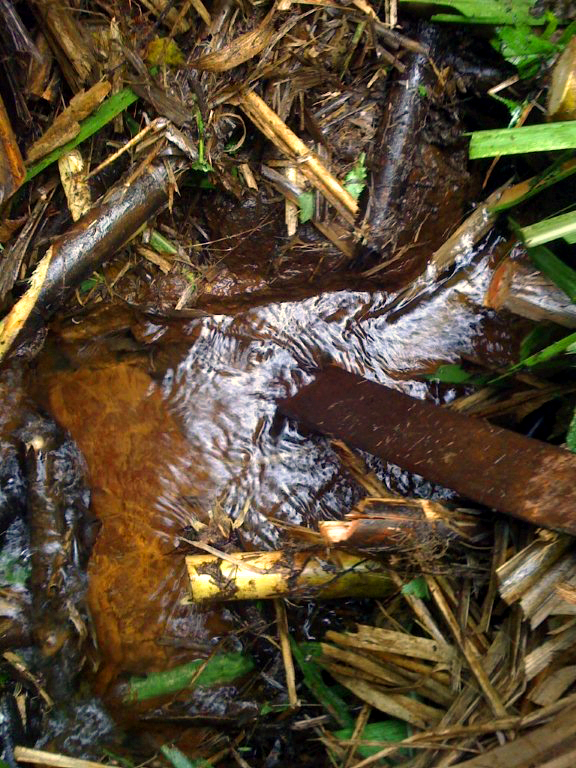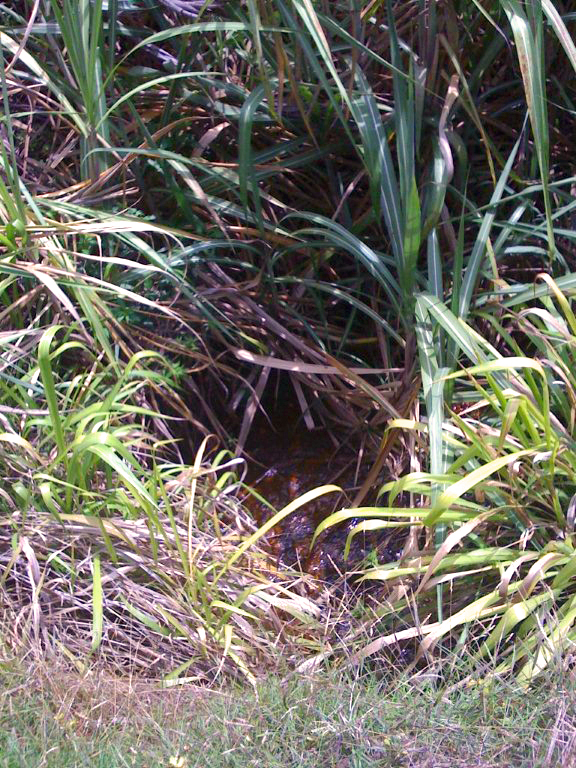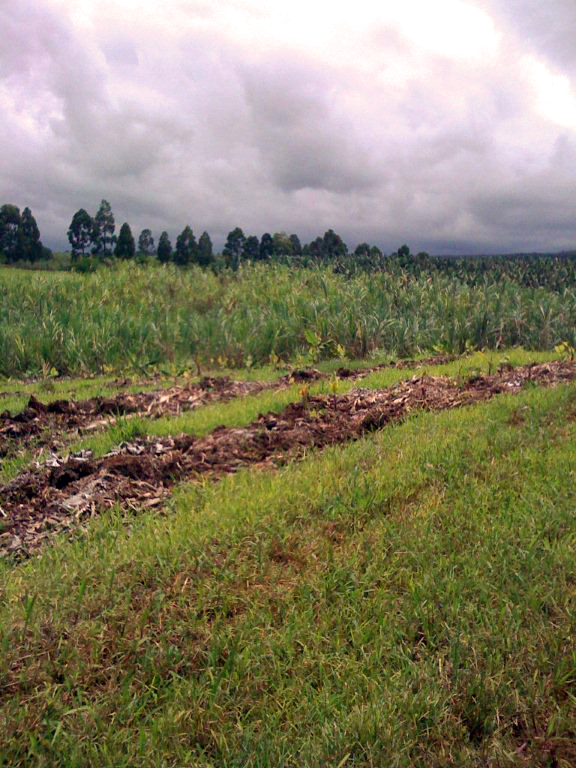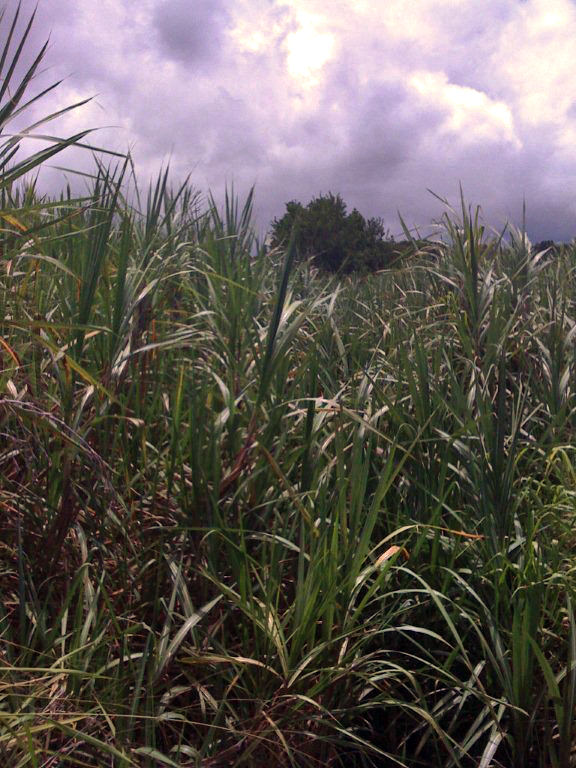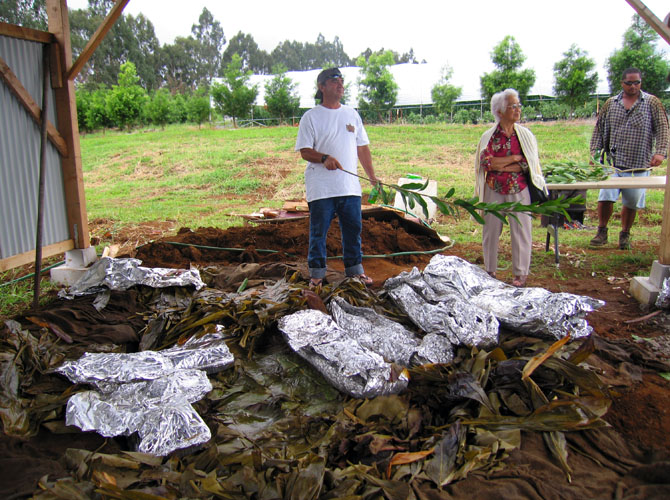Two reports of note appeared recently.
The first is the 2009 State of the Future.
This is the stark warning from the biggest single report to look at the future of the planet – obtained by The Independent on Sunday ahead of its official publication next month.
Backed by a diverse range of leading organisations such as Unesco, the World Bank, the US army and the Rockefeller Foundation, the 2009 State of the Future report runs to 6,700 pages and draws on contributions from 2,700 experts around the globe. Its findings are described by Ban Ki-moon, Secretary-General of the UN, as providing “invaluable insights into the future for the United Nations, its member states, and civil society.”
…Jerome Glenn, director of the Millennium Project and one of the report’s authors, said: “There are answers to our global challenges, but decisions are still not being made on the scale necessary to address them. Three great transitions would help both the world economy and its natural environment – to shift as much as possible from freshwater agriculture to saltwater agriculture; produce healthier meat without the need to grow animals; and replace gasoline cars with electric cars.”
This is very interesting for us here, trying to live sustainable lives out in the middle of the Pacific Ocean. The idea about shifting to salt water agriculture has to do with limited amounts of fresh water worldwide. In Hawai‘i, we have the option of doing both.
The second idea, about producing meat without having to raise animals, is driven by anticipated grain shortages worldwide. In Hawai‘i, we can use the sun’s energy to grow grass for feed to make protein. That reduces our dependence on imported feed grains.
And the third idea has to do with decreasing fossil fuel energy and transitioning to electricity. On the Big Island, we have the opportunity to bring geothermal on line as base power so we can utilize maximum amounts of renewable energy.
The sooner we get away from thinking that we must depend on liquid fuel for transportation, the better.
The second article I found of interest, written by Lester Brown, was in the May issue of Scientific American. Brown founded the World Watch Institute, and headed that organization for many years. It was an article in the World Watch Magazine many years ago that led us (Kea‘au Banana) to become the first banana farm in the world certified by the Rainforest Alliance as ECO O.K.
In this article, Brown points out that the rise in grain prices is now trend-driven. For example, Saudi Arabia just announced that it will be decreasing its grain production by 1/8 each year. This is because they would use up the water in the non-rechargeable aquifer. So they are leasing land in other countries to grow grain for their population. Similarly, 120 million Chinese and 165 million of India’s population depend on grain growing on non-recharge aquifers. Many countries are making deals to protect their populations right now.
Those countries with rapidly rising middle classes want to eat higher on the food chain, putting further pressure on grain prices. People just cannot wait to jump in a car and drive to McDonalds.
If global warming detrimentally affects China’s mountain glaciers, which provide water for summer crop production, it is likely China will go on the open market and compete with the U.S. for its own grain supply. Knowing that is possible, we need to see about growing our own cattle and fish food. Fortunately, we can.
The prospect of peaking oil production has direct consequences for world food security, as modern agriculture depends heavily upon the use of fossil fuels. Most tractors use gasoline or diesel fuel. Irrigation pumps use diesel fuel, natural gas, or coal-fired electricity. Fertilizer production is also energy-intensive. Natural gas is used to synthesize the basic ammonia building block in nitrogen fertilizers. The mining, manufacture, and international transport of phosphates and potash all depend on oil.
But surprisingly, the most energy-intensive segment of the food chain is the kitchen. Much more energy is used to refrigerate and prepare food in the home than is used to produce it in the first place. The big energy user in the food system is the kitchen refrigerator, not the farm tractor. While oil dominates the production end of the food system, electricity dominates the consumption end.
In Hawai‘i, farmers need to get out from under the dominance of oil in the production end of agriculture. The grass fed beef cattle industry is doing just that. Avoidance of petroleum-based packaging wherever possible helps, too.
Legislation and incentives that help farmers move toward renewable energy sources are very helpful. It is very important that Ag and energy policies be coordinated. We need to address questions like: “Should we plant trees for transportation fuel, instead of grass for cattle feed?” We need a detailed analysis of the consequences. We know for sure that grass equals beef at any scale. At what scale will trees make biofuels?
How about someone figure out how to convert internal combustion engine farm tractors to ones that are battery driven? Can our Community College folks do that? Can we make our own nitrogen fertilizer from renewable sources? How about it, U.H. Engineering School?
The 2009 State of the Future report suggests: “Replace gasoline cars with electric cars.” Absolutely, and use our geothermal resource to produce that electricity.
We on the Big Island have exciting opportunities ahead of us if we just focus on the future. Not, no can. CAN!

